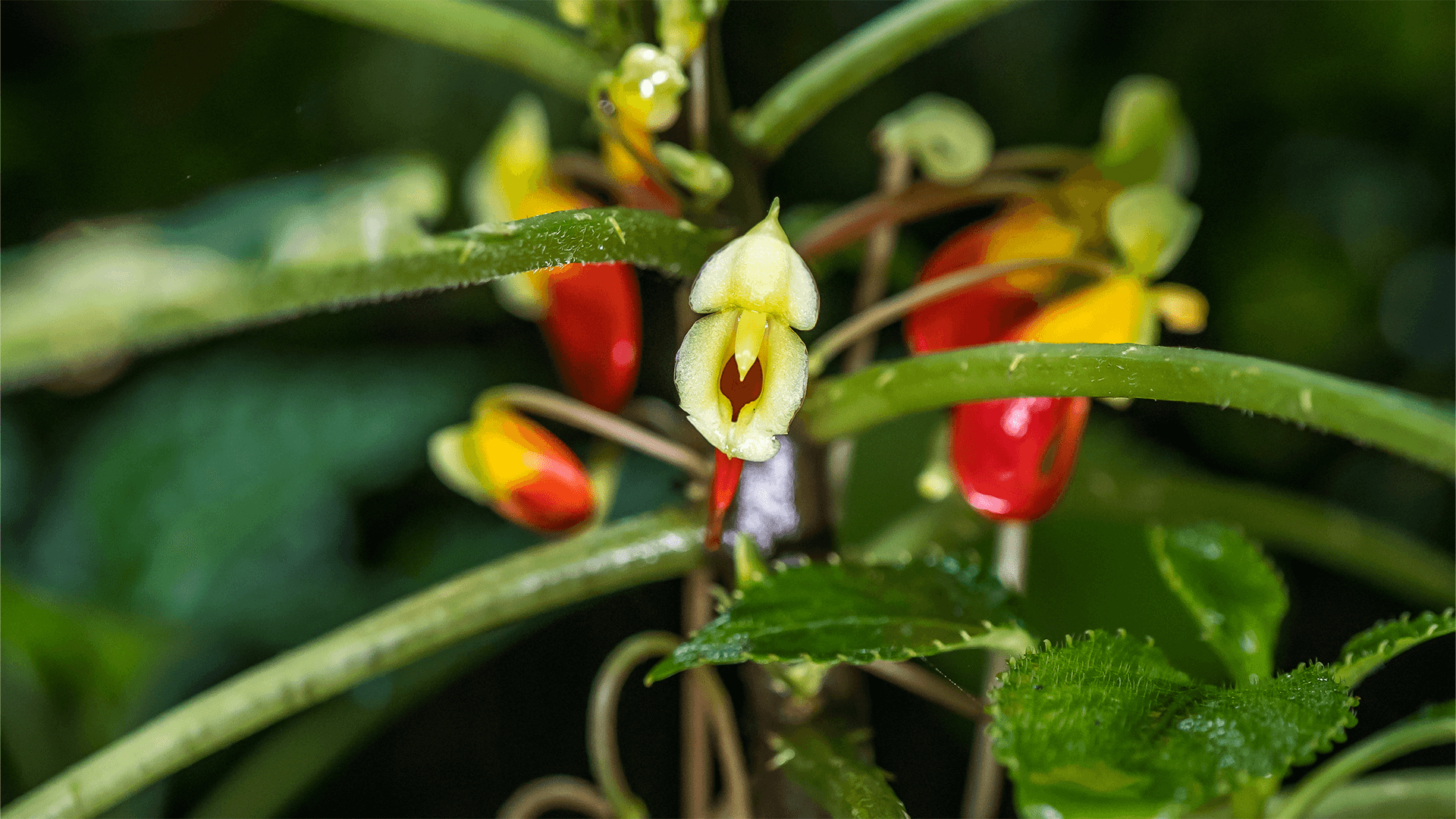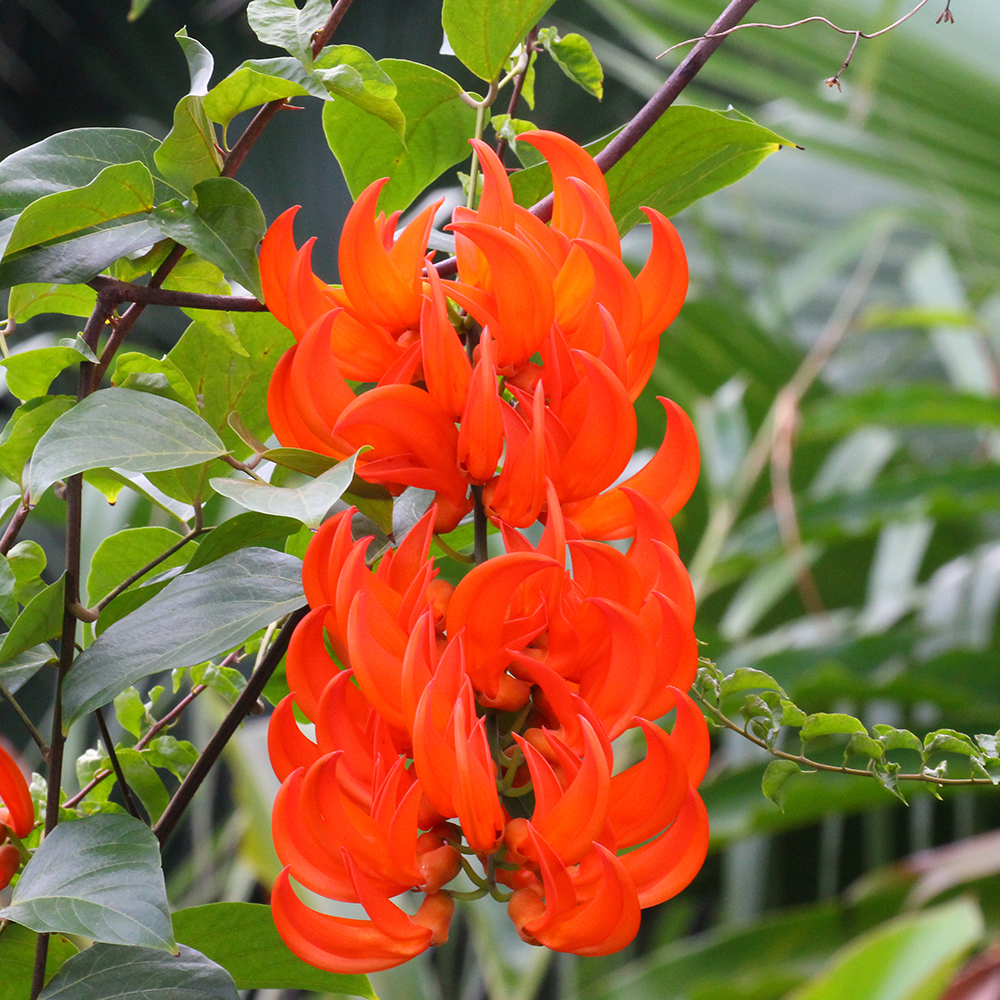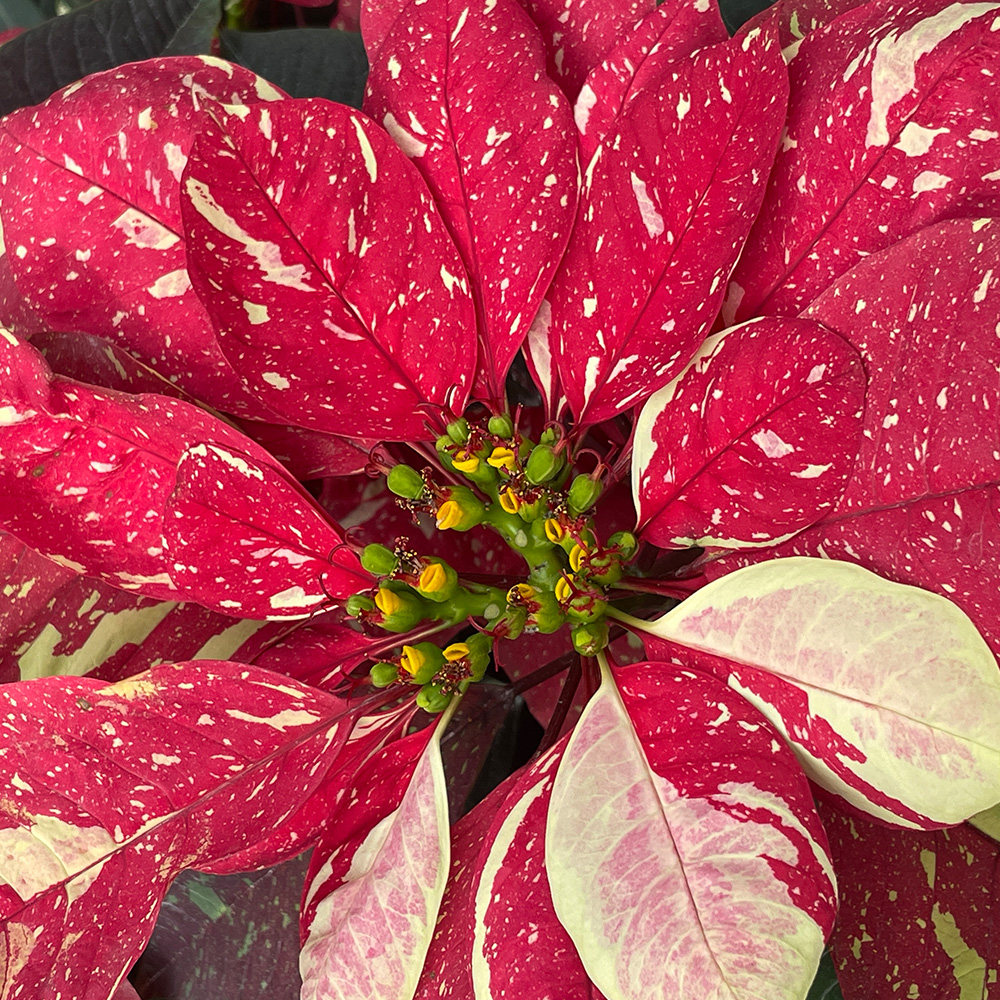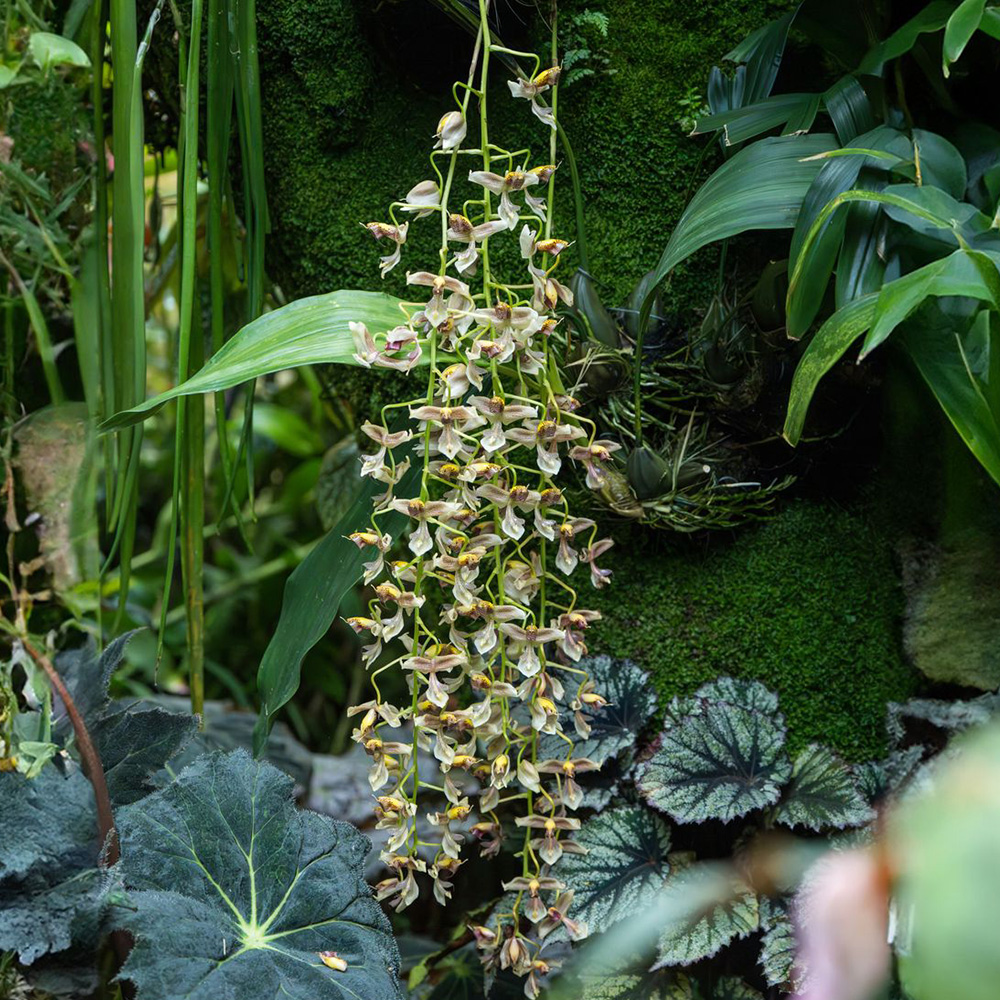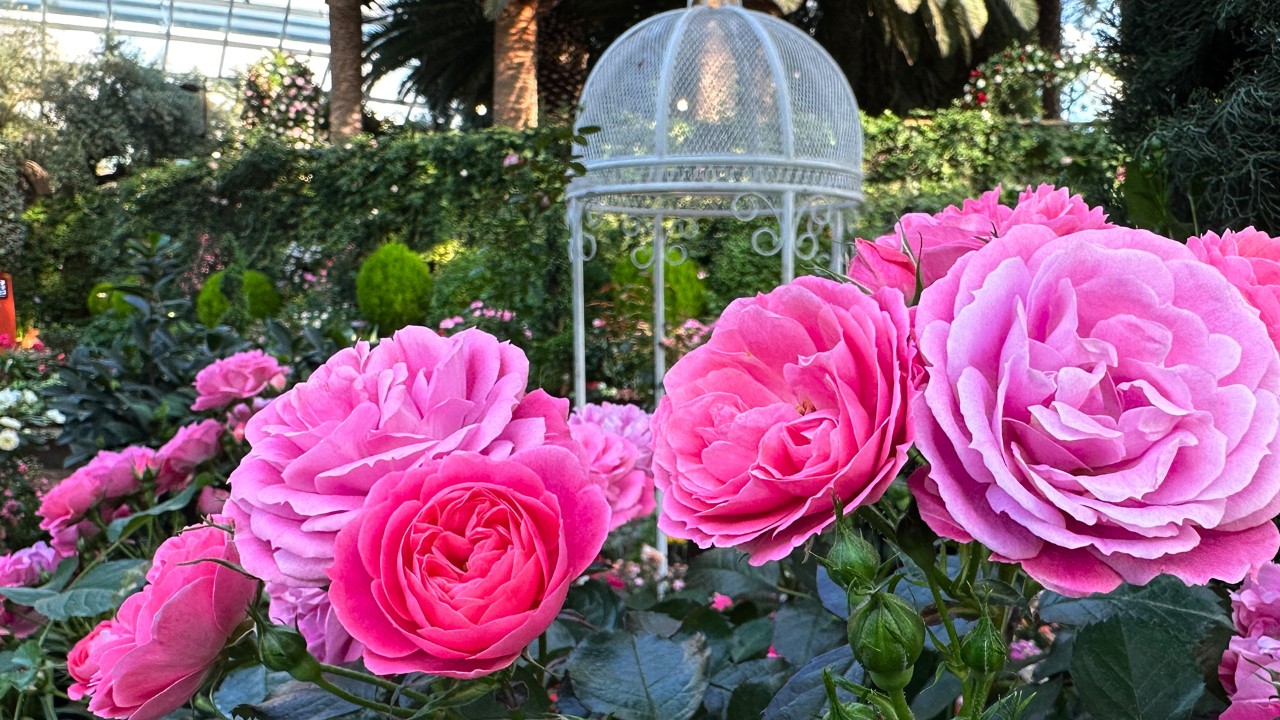 Multi-petalled rose Rosa ‘Pink Meilove’.
Multi-petalled rose Rosa ‘Pink Meilove’.
Rose belongs to the Rosaceae family, which includes strawberries, apples and almond trees. Fossil records show members of the genus Rosa existed as early as 35 million years ago; however, Rosa is a relatively young genus, as flowering plants first evolved between 150-250 million years ago. Rosa species probably originated in Central Asia but spread and grew wild over nearly the entire northern hemisphere.
Rose cultivation dates back to at least 5,000 years ago and was associated with ancient civilisations like the Chinese, Egyptians, Greeks and Romans. These civilisations appreciated the beauty of roses and began growing them in gardens for ornamental purposes. Over time, with the global expansion of rose cultivation, many cultivars were developed through selective breeding. The Chinese and Persians made significant contributions to the cultivation and breeding of roses, introducing new colours and fragrances.
There are thousands of different varieties and cultivars available today. Each variety has its own unique characteristics, making roses a popular choice for gardens, bouquets, and special occasions. From miniature roses to large, fragrant hybrid tea roses, there are a multitude of colours, shapes, and sizes to choose from.
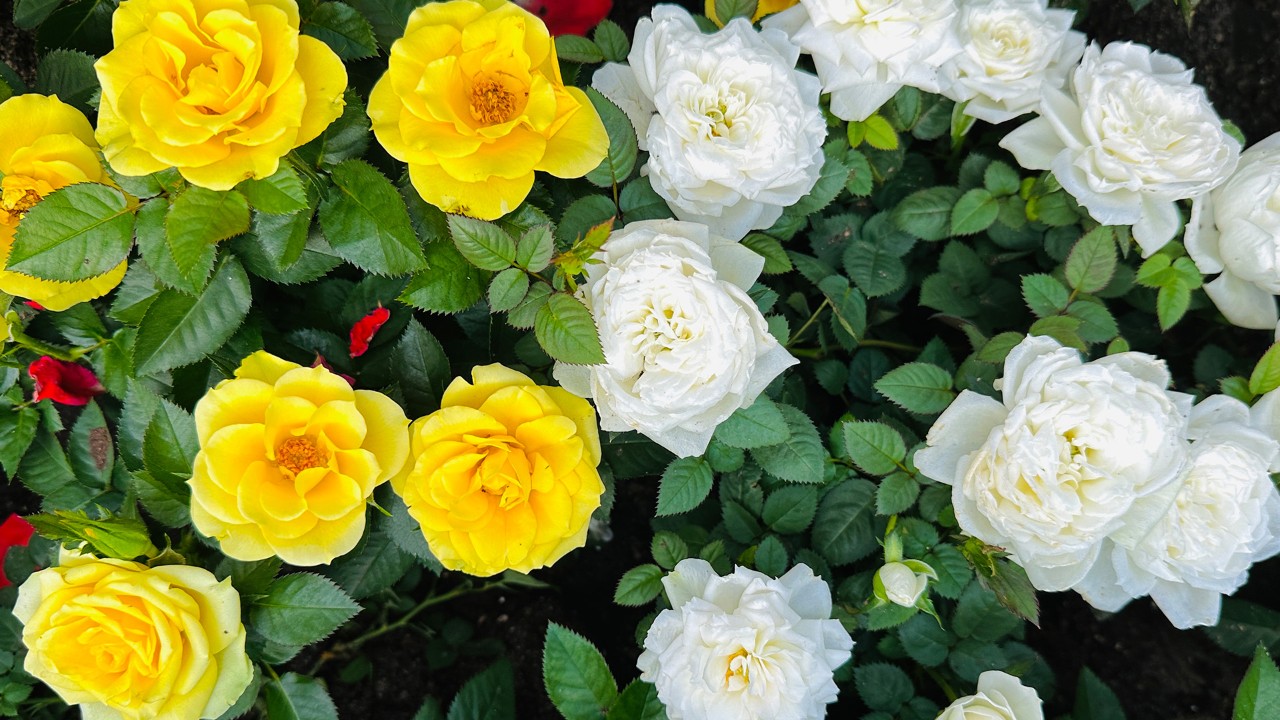 An example of miniature roses from this year’s Rose Romance display.
An example of miniature roses from this year’s Rose Romance display.
Here are some of popular categories of modern roses based on ancestry, floral characteristics, and plant architecture:
Hybrid tea roses: The classic large-flowered roses that are commonly seen in flower arrangements. They possess long, elegant buds on long stems. Known for their strong fragrance, they are often used as cut flowers.
Floribunda roses: They are generally smaller than hybrid teas but provide a more abundant display by producing clusters of flowers on each stem, creating a profusion of blooms. They are often used in landscaping due to their ability to produce continuous blooms.
Shrub roses: Recognised for being hardy and disease resistant, shrub roses require low maintenance as they are able to withstand different growing conditions. Their usage is quite versatile, suitable as landscape plants, mass plantings or hedges.
Miniature roses: These unique cultivars look like smaller versions of traditional roses with compact form and tiny blooms. Nonetheless, they often produce abundant flowers which are well suited to small spaces or container gardens.
Standard roses: Also called tree roses, this rose form exhibits a single tall stem, topped with foliage and flowers like a dwarfed tree. Usually desired flowers of modern rose or miniature rose are grafted onto a strong bare stem to achieve this look. A standard rose combines the best elements of three different rose cultivars. One of the plants is chosen for its strong roots, resistance to soil disease, and good growth rate. This plant is called the rootstock. The top of the rootstock plant is cut off, and a long-stem rose variety is grafted onto it. Once the graft takes, the top of the long stem plant is removed, and a cutting from a rose cultivar with desirable flowers is grafted onto it.
Climbing roses: They are great for bringing a vertical accent to the garden - covering walls and fences, or growing over pergolas and arches. Climbing roses have to be assisted for them to cling onto the structure as they don’t possess aerial roots, tendrils or suckers.
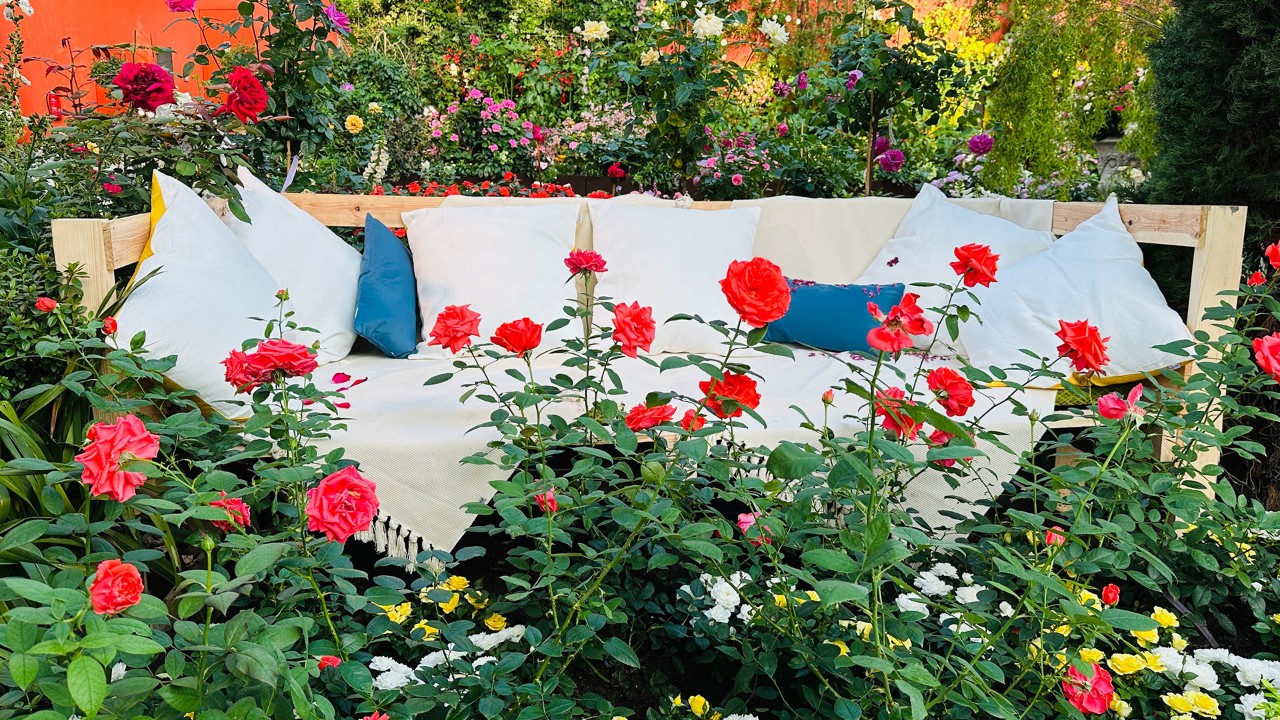 Two miniature rose cultivars from this year’s Rose Romance display: from left to right, Rosa ‘El Paso’ and Rosa ‘Papper White’.
Two miniature rose cultivars from this year’s Rose Romance display: from left to right, Rosa ‘El Paso’ and Rosa ‘Papper White’.
Aside from being just beautiful flowers, roses also have a long history of symbolism and cultural significance. For example, in ancient Greece and Rome, roses were associated with love and beauty. The rose was considered the flower of the goddess Aphrodite in Greek mythology and the goddess Venus in Roman mythology. A handmade decorative artefact in this display called pumo, is a Puglian good luck charm shaped like a budding rose surrounded by young leaves, symbolising spring, renewal, new beginnings and well wishes.
Today, roses are valued for their beauty, fragrance, and symbolism, and are used in various occasions such as weddings, anniversaries, and other special events. The long history of rose cultivation is a testament to humanity's enduring appreciation for this remarkable flower. Come and check some of these beautiful rose cultivars at our Rose Romance display!
Written by: Ziana Yacob, Senior Manager (Research and Horticulture)
Ziana's fascination with the many wonders of plants led her to study Horticulture. She has been involved in propagating and nurturing in-house plant collections, with a special focus on orchids. Keeping plants thriving is both a rewarding challenge and a continuous journey of learning for her!
